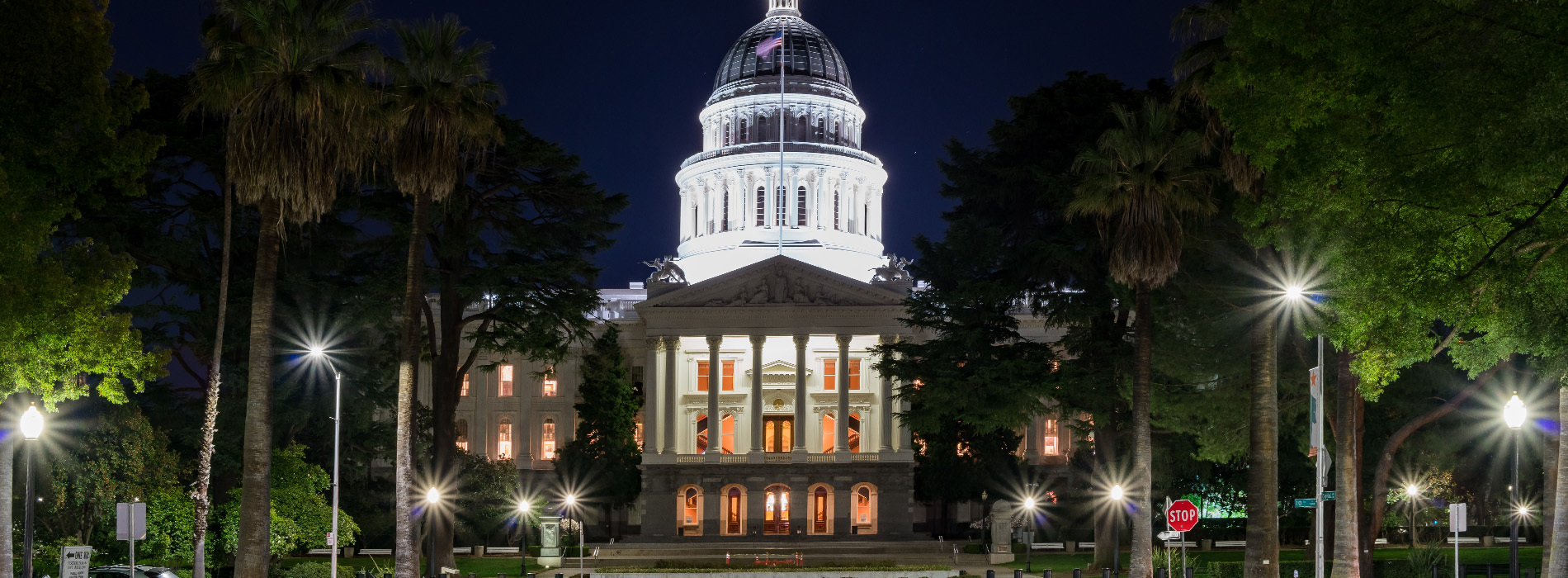California Misses Chance to Expand Solar Incentives for Tribes

One of the California legislative bills that surprisingly landed on the veto list this fall was one that would have given Native American families greater access to incentives from California’s Solar on Multifamily Affordable Housing (SOMAH) Program.
Senate Bill (SB) 1118, introduced by state Senator Susan Talamantes Eggman, passed the state Senate 33-3 and the state Assembly 74-0, but was vetoed by Gov. Gavin Newsom.
The bill would have lifted a deed restriction requirement for income eligibility for multifamily affordable tribal properties otherwise eligible for SOMAH. Eliminating this barrier would have led to more tribal SOMAH success stories like the Bishop Paiute Tribe, whose 24 apartment households can each expect $985 in annual energy savings over the lifetime of the solar system.
What is SOMAH?
SOMAH provides financial incentives for installing solar panel systems that benefit both low-income tenants and multifamily property owners throughout California. The incentives reduce the cost of installing photovoltaic energy systems. And the majority of solar’s energy-saving economic benefits go directly to tenants.
Nearly 650 SOMAH solar projects have been completed or are in progress, saving thousands of renters in multifamily affordable housing $250-$468 each per year. The program also provides solar industry job training (21,000+ hours so far) for residents in the communities the program serves.
A program of the California Public Utilities Commission (CPUC), SOMAH is funded using a percentage of the proceeds from the sale of greenhouse gas allowances that are allocated to California’s investor-owned utilities for the benefit of ratepayers.
What did the bill do?
To participate in SOMAH, multifamily low-income properties must meet specific deed restrictions or state regulatory requirements for eligibility. However, tribal low-income properties have various other funding mechanisms and rent protections that often don’t mirror conventional deed restrictions for ensuring housing affordability. As a result, despite being reserved specifically for low-income tenants and receiving funds for that purpose through other agencies, the property deeds from these applicants did not contain the prescribed deed restriction language.
SB 1118 would have addressed this barrier and made participation easier for tribal multifamily properties by expanding the definition of eligibility.
Was this veto a victim of misunderstandings?
In his Sept. 22 veto message, the governor expressed support for efforts to improve existing programs, like SOMAH, to deliver their intended outcomes, but he also made two statements that require additional context.
1. Program Interest is GROWING.
The governor cited a “lack of interest” in the program when in fact interest has been growing steadily all year. SOMAH has 468 projects in progress that will add nearly 70 megawatts of clean energy to the grid. This is in addition to the 180 projects completed as of the end of September 2024. This uptick is in part due to the impacts of very recent program improvements, such as increasing the incentive rates after prior annual step-downs (reductions in incentive amounts).
More interest is expected as the CPUC continues to implement improvements made in SB 355, which took effect Jan. 1, 2024. The law makes newly constructed residential properties eligible for the incentive for the portion of a system that surpasses building energy code requirements. It also authorizes advance payment loans as part of SOMAH, expands the SOMAH eligibility criteria and extends the program through 2032.
2. SOMAH is NOT a ratepayer-funded program.
SB 1118 would have been another significant improvement that would have made it possible for more of California’s 100+ federally recognized tribes to participate in SOMAH.
While the pressure is understandably strong to address sky-high rates from investor-owned utilities in California, SOMAH does not cost ratepayers a dime. It’s supported by cap-and-trade funds, paid for by major polluters in the state, as one of the program’s Clean Energy and Energy Efficiency investments that support energy equity.
The program lowers utility bills on average $21 to $39 a month for tens of thousands of affordable housing residents in disadvantaged communities where SOMAH-supported solar panels have been installed. And residents see their savings month after month, year after year.
Furthermore, the CPUC credits SOMAH with reducing costs for the ratepayer-funded California Alternative Rates for Energy Program (CARE) program, which lowers monthly energy bills for low-income customers. The CPUC expects annual CARE savings to increase as more solar projects come online for SOMAH, further offsetting costs.
While the veto of SB 1118 caused California to miss an opportunity for now, SOMAH will continue to increase clean energy, decrease harmful emissions, reduce monthly energy bills for low-income Californians and reduce ratepayer costs.
If you want to learn more about the program, or know a multifamily affordable housing property owner or manager who might want to participate, visit calsomah.org.
SOMAH IMPACTS
- 466 projects in progress/$145.4 million/68.49 MW
- 180 projects completed/$50.5 million/ 25.55 MW
- 84% of solar credits on average currently go to tenants
- $250-$468 typical tenant savings per year
- 21,000+ job training hours

